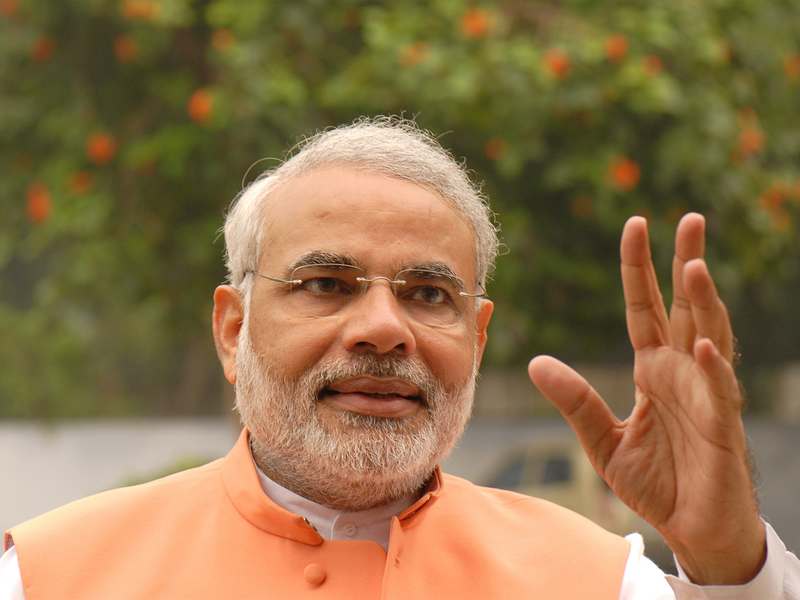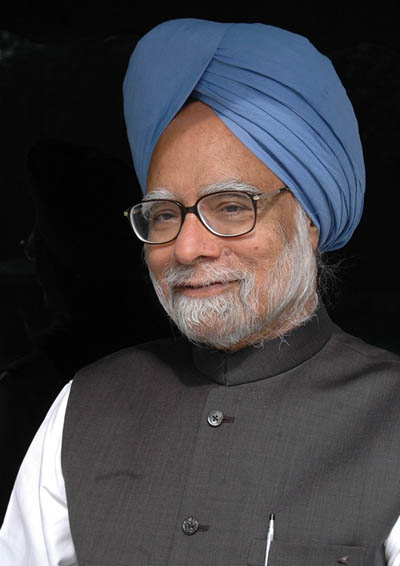
As expected the Bhartiya Janata Party (BJP), won the state assembly elections in Gujarat. The margin of victory though left much to be desired.
Before the elections, the party president Amit Shah had talked about the party winning 150 out of the 182 seats in the state assembly. The party finally ended up with 99. So, there was a clear gap between expectation and reality. I say this because Amit Shah is a brilliant electoral strategist and his words should never be taken lightly.
Finally, it is the massive support that the BJP enjoys in the cities of Gujarat that pushed it through. In the four biggest cities of Gujarat, Ahmedabad, Surat, Vadodara and Rajkot, the party won 46 out of the 55 seats (Ahmedabad 16 out of 21 seats, Surat 15 out of 16 seats, Vadodara nine out of 10 seats and Rajkot six out of eight seats).
What this clearly tells us is that the Goods and Services Tax (GST) wasn’t as big an issue in the cities of Gujarat, as was made out to be in the days leading up to the elections, in the media. It clearly impacted a section of the population, but that wasn’t large enough to make an electoral difference. The only other explanation for this lies in the fact that even those impacted negatively by the GST, couldn’t get themselves to vote for the Congress.
The other interesting point here was that more than 5.5 lakh voters chose the NOTA (none of the above) option while voting. This amounted to 1.8 per cent of the total eligible votes. The NOTA votes were more than or close to the winning margins in nearly 24 constituencies. One explanation for this that has been offered is that a small section of the population which is unhappy with the BJP didn’t want to vote for Congress either.

The trouble with this explanation is that there is no way to verify it. It could even be the opposite.
Anyway, getting back to the point I was trying to make—the BJP won 46 out of the 55 seats in the four biggest cities of Gujarat. How did the electoral results look in the remaining 127 seats? The BJP won 53 of these seats. The Congress won 71. Hence, the Congress clearly did much better than the BJP beyond the four biggest cities.
There will be economic and political implications of these electoral results in other states like Rajasthan and Madhya Pradesh, where the elections are scheduled in the months to come. Some points are as follows:
a) The basic problems in India’s rural economy are not going to go away any time soon. The size of the average agricultural holdings in India has fallen as land has been divided across generations, making agriculture as a profession very non-remunerative.
Over and above this, India has too many people in agriculture than is economically feasible. A recent discussion paper by Niti Aayog points out that as of 2011-2012, agriculture employed 64 per cent of the rural workforce but produced only 39 per cent of the total rural economic output. Hence, for agriculture to be economically feasible 8.4 crore agricultural workers need to be shifted out of agriculture. This is around 70 per cent of the non-farm workforce in the rural areas. This isn’t going to happen overnight.
b) Of course, given this huge disguised unemployment in agriculture, people working in agriculture try to work in other areas as well. But the trouble is that there aren’t enough jobs going around for them. Data from the Labour Bureau suggests that only 52.7 per cent of the people looking for jobs all through the year, in rural India, are able to find one. Given this, nearly one in two people in rural India do not have jobs all through the year.
Hence, rural India has a problem at two levels: 1) Agriculture as a profession is no longer as remunerative as it used to be. 2) There are not enough other jobs, given their low skillsets, which people working in agriculture can take on, to add to their income over and above what they make in agriculture.
This explains why land-owning castes have been protesting all across the country. This includes the Patidar Patels of Gujarat.
c) Given this, the BJP in every state that it goes to election after Gujarat, it is likely to promise a farm loan waiver, as it has done in other states over the last one year. This is going to cost state governments all across the country a lot of money. It will also create moral hazard with future borrowers waiting for farm loan waivers than paying off their loans.
The question is why did the BJP not promise a farm loan waiver in Gujarat? The rural areas in Gujarat are not as badly placed as in other states. One reason for this lies in the fact that the livestock economy in the state, has continued to grow robustly. Also, over and above this, the non-farm economy in the rural areas, created job opportunities because of the overall faster growth in the state.
In fact, farm loan waive offs will become even more important given that, the states of Madhya Pradesh and Rajasthan, are not as urbanised as Gujarat is.
Also, in the run up to 2019 Lok Sabha elections, I see the minimum support price of agricultural crops going up. As per the Shanta Kumar Committee, the minimum support price system benefits under 6 per cent of the farming households in the country. While, increasing MSPs may not benefit many farmers, it does have a strong signalling effect.
d) The Modi government will also look to consolidate its position in the urban and semi-urban areas. And for that, chances are it will waive off Mudra loans of Rs 50,000 or lower. In total, over 7 crore of Mudra loans of less than Rs 50,000 have been given out.
e) As far as the Congress is concerned, it needs to start rebuilding itself, particularly in the rural areas because that is where its support is. This is a rather obvious insight.
To, conclude, the Modi government will give out doles and waive off loans, in order to improve its position. This strategy will not be much different from what the Congress led UPA government led by Manmohan Singh, did in the 2009 elections. This again goes with the broader point that I keep making—India has only one model of governance and that is the Congress model.
In the end, socialism will win. We will have a bigger government in areas that we really shouldn’t.
The column was originally published in Equitymaster on December 19, 2017.